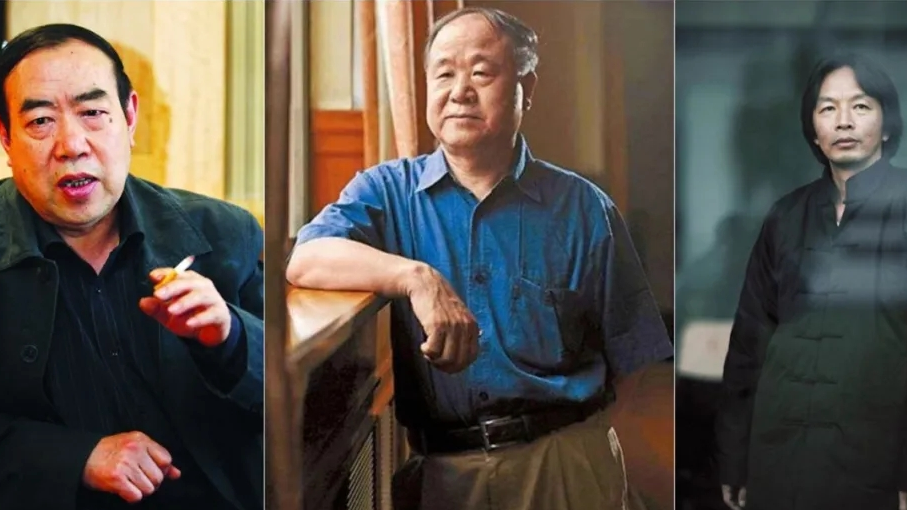
China's famed contemporary novelists: Jia Pingwa, Mo Yan, and Liu Zhenyun (L-R). /CGTN
China's famed contemporary novelists: Jia Pingwa, Mo Yan, and Liu Zhenyun (L-R). /CGTN
For decades now, contemporary Chinese literature has been enriching the world-wide literary landscape with its distinctive Chinese features. Many contemporary Chinese writers are getting international attention – a fact illustrated most dramatically by Mo Yan's 2012 Nobel Prize.
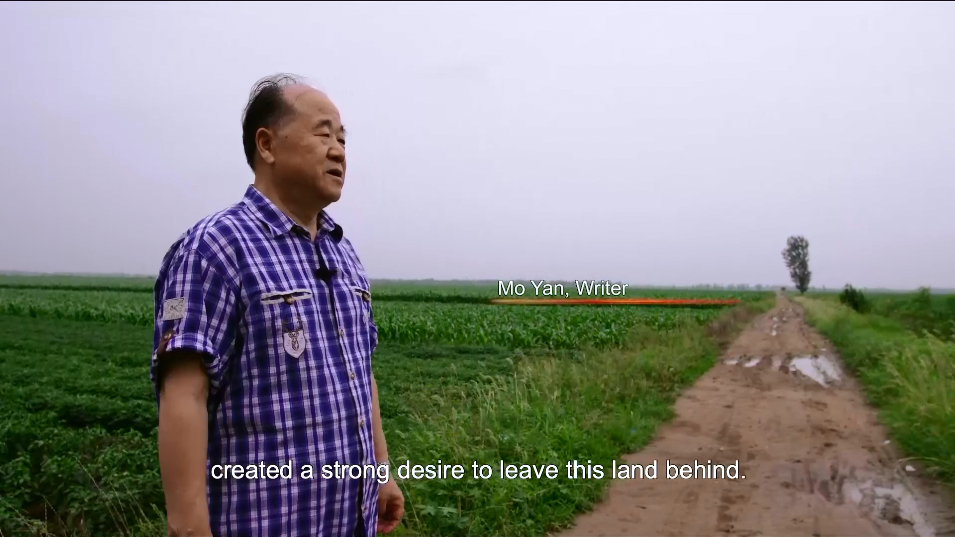
A screenshot from documentary 'The Homeland of Literature.' /CGTN
A screenshot from documentary 'The Homeland of Literature.' /CGTN
Outside purely literary circles, their influence on wider audiences can also be seen in films and TV drama series based on their works, critically acclaimed both in China and abroad.
How, you may wonder, have all those great artistic writings been created? What journeys have they taken to become world-renowned writers? How have their life experiences, particularly the places they grew up, shaped their writings? And how have the times they lived in shaping their lives and the masterpieces they went on to produce?
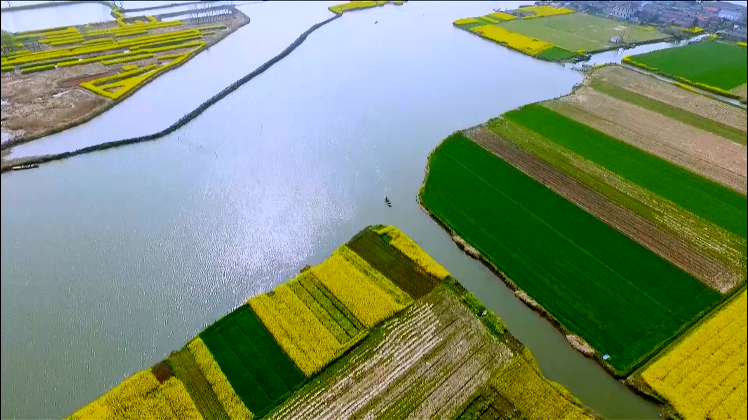
A screenshot from documentary 'The Homeland of Literature.' /CGTN
A screenshot from documentary 'The Homeland of Literature.' /CGTN
The answer to these questions – and many more – is to be found in a brand-new documentary series, "The Homeland of Literature," directed by Professor Zhang Tongdao.
Comprising seven 50-minute-long episodes, the series focuses on six of China's most well-known contemporary novelists: Mo Yan, Jia Pingwa, A Lai, Bi Feiyu, Chi Zijian and Liu Zhenyun. All of them grew up in the countryside and rose to fame after years of exploration, self-discovery and sheer literary guts and determination.
The close ties between their works and hometowns can be seen clearly in the masterpieces they've created. Mo Yan, for example, started his literary career by writing about his own hometown, a desolate small village in Gaomi in east China's Shandong Province that would eventually come to be fictionalized and immortalized in modern classics such as the "Red Sorghum" series, "Big Breasts and Wide Hips," and "Frogs." Jia Pingwa, meanwhile, also drew on his hometown, Shangluo in northwest China's Shaanxi Province, distilling its history to create his award-winning "Shangzhou" series. For Tibetan writer A Lai, tales of local chieftains and their doings provided the foundation for "Red Poppies," which tells stories of the local chieftains, while Chi Zijian's breakthrough "Arctic Village Fairy Tale," depicts life in the village she was brought up in. These are just a few of the ways in which contemporary Chinese writers have fashioned their experiences and perceptions of hometown life into great art.
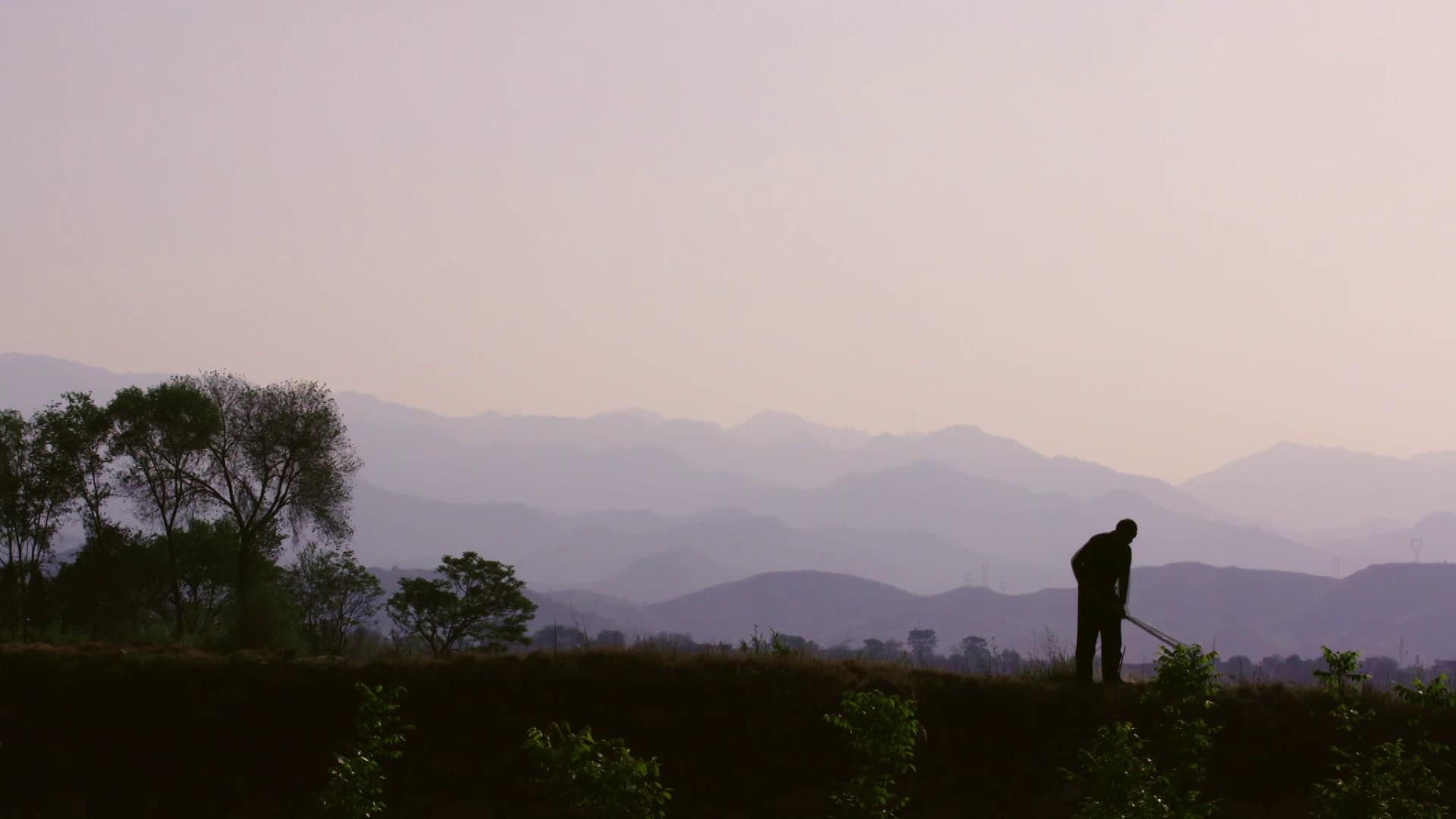
A screenshot from documentary 'The Homeland of Literature.' /CGTN
A screenshot from documentary 'The Homeland of Literature.' /CGTN
Six years in the making, film crews followed each of them back to their hometowns from the Snow Village on the utmost northeastern border to the Tibetan Plateau in the very southwest, tracing their footsteps by visiting their childhood homes and friends.
It was a journey that also took the filmmakers further afield to interview Sinologists, translators, publishers and judges of the Nobel Prize for Literature.

A screenshot from documentary 'The Homeland of Literature.' /CGTN
A screenshot from documentary 'The Homeland of Literature.' /CGTN
If you have any interest in Chinese literature, this series will tell the life stories of several of China's master writers.
It's being aired on CGTN Documentary channel February 16-22 (website: https//www.cgtn.com/documentary), and will soon be available on the channel's YouTube account CGTN Documentary (web link: https://bit.ly/3gZVP2Y).
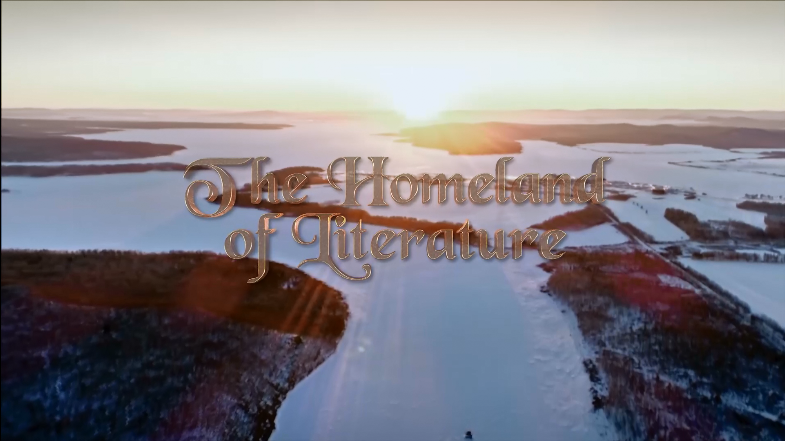
A screenshot from documentary 'The Homeland of Literature.' /CGTN
A screenshot from documentary 'The Homeland of Literature.' /CGTN

